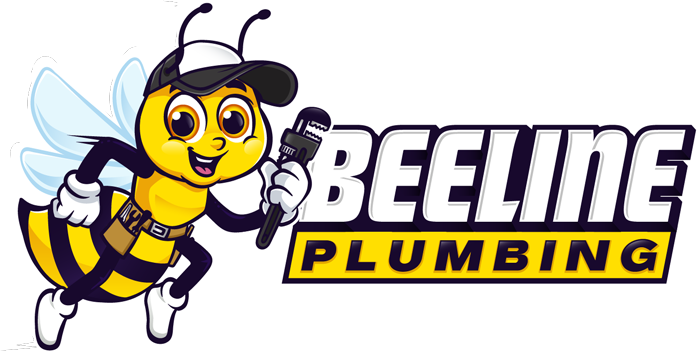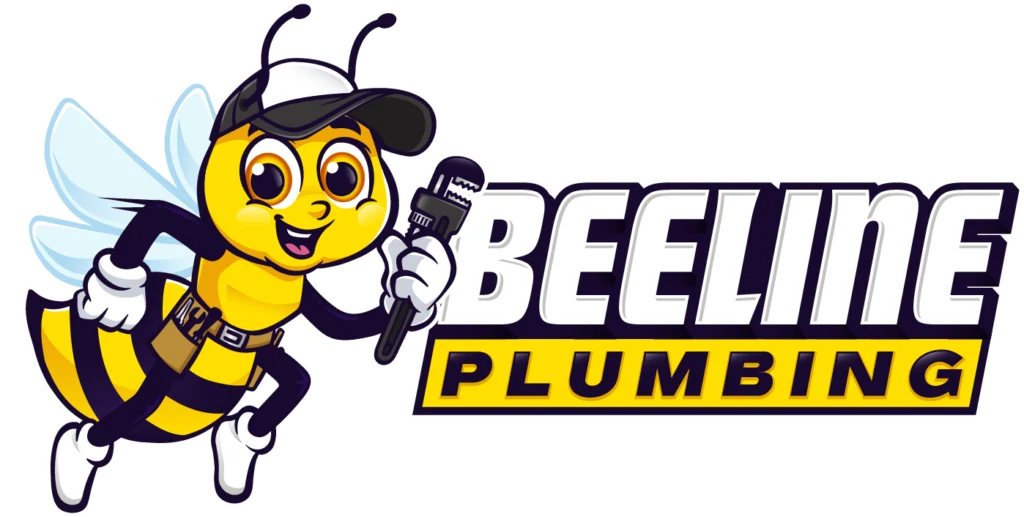Septic tanks play a crucial role in managing wastewater for homes and businesses not connected to a municipal sewer system. Ensuring your septic tank functions effectively requires regular monitoring and maintenance. But how can you tell if your septic tank is full? This guide dives into the signs, potential risks, and steps you can take to address the issue before it escalates.
Signs Your Septic Tank Might Be Full
Recognizing the warning signs of a full septic tank can save you from costly repairs and environmental hazards. Here are the most common indicators:
1. Slow Drains
If sinks, showers, or bathtubs take longer than usual to drain, your septic tank could be nearing its capacity. While occasional clogs might be unrelated, consistent drainage issues warrant a closer look at your septic system.
2. Foul Odors
A full septic tank often emits unpleasant smells, both inside and outside your home. The odor is usually caused by gases trapped in the system. If you notice a persistent sewage-like smell near your drains or yard, it’s time to investigate.
3. Pooling Water
Unexplained puddles of water in your yard, especially near the drain field, can signal a full or malfunctioning septic tank. This occurs when wastewater overflows due to limited capacity.
4. Lush, Overgrown Grass
A thriving patch of grass above your septic tank might seem like a good thing, but it’s often a sign of excess moisture caused by an overflowing system.
5. Sewage Backup
The most alarming sign of a full septic tank is sewage backing up into your home. This not only creates a health hazard but also indicates that immediate attention is needed.
Risks of Ignoring a Full Septic Tank
Failing to address a full septic tank can lead to severe consequences:
- Property Damage: Overflowing wastewater can damage your home’s foundation, floors, and walls.
- Health Hazards: Exposure to untreated sewage poses risks such as bacterial infections and respiratory problems.
- Environmental Impact: Leaking wastewater can contaminate groundwater and nearby water sources, affecting ecosystems.
- Costly Repairs: Neglected septic systems often require expensive repairs or replacements.
How to Confirm Your Septic Tank Is Full
If you suspect your septic tank is full, follow these steps to confirm:
1. Inspect the Tank
Carefully remove the septic tank lid and visually check the levels. Wastewater should not reach the very top. For safety, wear protective gear and avoid inhaling fumes.
2. Professional Pumping Records
Review your septic system maintenance records. Tanks typically require pumping every 3 to 5 years, depending on usage.
3. Call a Professional
Licensed plumbers or septic service providers can use specialized equipment to measure sludge and scum levels, providing an accurate assessment.
Preventative Maintenance Tips
To avoid dealing with a full septic tank unexpectedly, follow these preventative measures:
1. Regular Inspections
Schedule annual inspections to monitor your system’s health and identify potential issues early.
2. Pump on Schedule
Pumping your septic tank every few years prevents solid waste buildup that can clog the system.
3. Mind What You Flush
Avoid flushing non-biodegradable items, grease, or chemicals down your drains. These substances can disrupt bacterial balance and lead to clogs.
4. Conserve Water
Excessive water use overwhelms your septic tank, reducing its efficiency. Use water-saving appliances and fix leaks promptly.
5. Protect the Drain Field
Avoid parking vehicles or planting trees with deep roots near the drain field to prevent damage.
Learn more about septic system best practices from the EPA Septic Systems Guide.
Frequently Asked Questions
1. How often should I pump my septic tank?
Septic tanks should generally be pumped every 3 to 5 years, depending on the size of the tank and household usage.
2. Can heavy rains cause septic tanks to overflow?
Yes, heavy rains can saturate the drain field, making it difficult for wastewater to disperse properly, leading to backups.
3. Are septic tank additives effective?
While some additives claim to improve system efficiency, they are not a substitute for regular maintenance and can sometimes do more harm than good.
4. What should I do if my septic tank is full?
Contact a professional plumber or septic service provider immediately to assess the situation and pump the tank.
5. Can I pump my septic tank myself?
Pumping a septic tank requires specialized equipment and expertise. It’s best left to professionals to ensure safety and compliance with local regulations.
Why Choose Beeline Plumbing for Septic Services?
Beeline Plumbing provides expert septic system maintenance, repairs, and pumping services. We proudly serve Zimmerman, MN, and the Greater Twin Cities Metro Area, with a strong focus on delivering exceptional customer satisfaction through:
- Timely Service: We’re here when you need us, including weekends for emergency calls.
- Experienced Technicians: Our licensed professionals ensure your septic system operates efficiently.
- Transparent Pricing: Enjoy flexible payment plans with 0% interest for up to 18 months on qualified services.
A full septic tank is a problem that should never be ignored. By recognizing the signs, understanding the risks, and taking preventative measures, you can keep your septic system functioning smoothly. If you suspect your septic tank is full or need professional assistance, contact Beeline Plumbing today. Let us handle your septic system needs so you can enjoy peace of mind.



